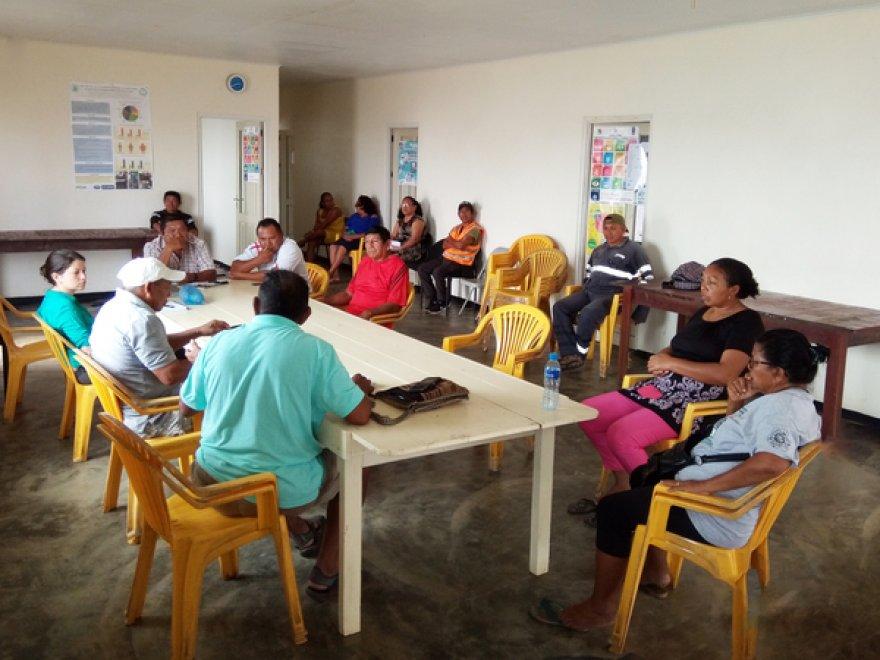Capacity Development is Integral to Localization

Localization is a critical pillar for sustainable development, one which is owned by communities. There are two important components of the way USAID is looking at localization: 25% of the resources will be directly managed by local partners, and 50% of all programs designed will place communities in the lead and incorporate community voices and needs before the decade runs out.
Capacity strengthening will always be integral for any type of lasting change, and to localization, as learning is endless. That’s why Pact is a learning organization: we’re always open and ready to understand emerging issues and trends and change the way we do things to ensure thriving, resilient and engaged communities leading their own development.
Localization requires a change in the posture we take to approach what we’re doing. It's all about our mindset.
Capacity strengthening is a crucial part of who we are. We are always thinking about our impact and how sustainable it is. In the long run, we want development programs that are wholly locally led. In the near term, localization means increasingly recognizing the value of assets within the communities where we work and elevating their voices. It also means putting more energy into recruiting experts within a country where ample capacity does exist, before considering anyone from outside.
In 2021, we transitioned 23 local partners to direct funding and about the same number in 2022. Each phase of the transition—before, during, and after transition—has specific capacity needs. We customize the tools and approaches to address the needs of the partner in line with their vision. Even after transition to direct funding, the process continues in a mentor-mentee relationship and we accompany the partner on their journey, jointly working to resolve emerging issues.
We meet and accompany the partner on their journey.
There are three key things we've learned about transitioning local partners to direct funding:
-
Every single partner is different and needs a best-fit approach. We need to discover and work with what makes the most sense for them.
- We must recognize the importance of partners’ own ideas of how they would like to transition and their leadership, as ownership is critical to progress in their journey. They need to want more than money because responsibility and accountability come with leading development programs.
-
Even after transition, mentorship support is needed. We need to be willing to work with both failure and success and extend the grace that we receive as international NGOs to local partners. We tend to couch discussions around giving them compliance capacity, as if that's all that's needed. In fact, influencing capacity to engage with donors is more critical, as Patrick Fine’s recent Brookings article, “Rethinking the constraints to localization of foreign aid,” argues. “It is not local organizations that lack the capacity to work with USAID. Instead, it is USAID that lacks the capacity in its operating systems and organizational culture to work with local organizations.” I would also add all donors as well as international implementing organizations. Capacity strengthening can and should be looked at as a two-way street.
For USAID’s recently launched local capacity strengthening policy, it’s clear that content from the more than 600 responses from implementers were taken to heart and I’m quite pleased about it. For example, we’re no longer talking about capacity building; it’s now referred to as capacity strengthening, as language matters. This language shift acknowledges that capacity already exists, and international organizations should approach engagement in mutual respect, empowering all players.
Over the next year, Pact will continue to elevate local voices in line with our guiding star of engaged communities, including holding ourselves accountable to how well our projects are implementing engaged communities approaches via a dedicated organization-wide strategic Key Performance Indicator. We will seek to influence the gradual change in mindset around how development is done, narrowing the bridge between international and local actors as we all desire the same lasting change. And we will jointly explore best-fit approaches with partners in various spheres, with the understanding that the interconnected nature of the systems where we work calls for more collaborative interventions.



